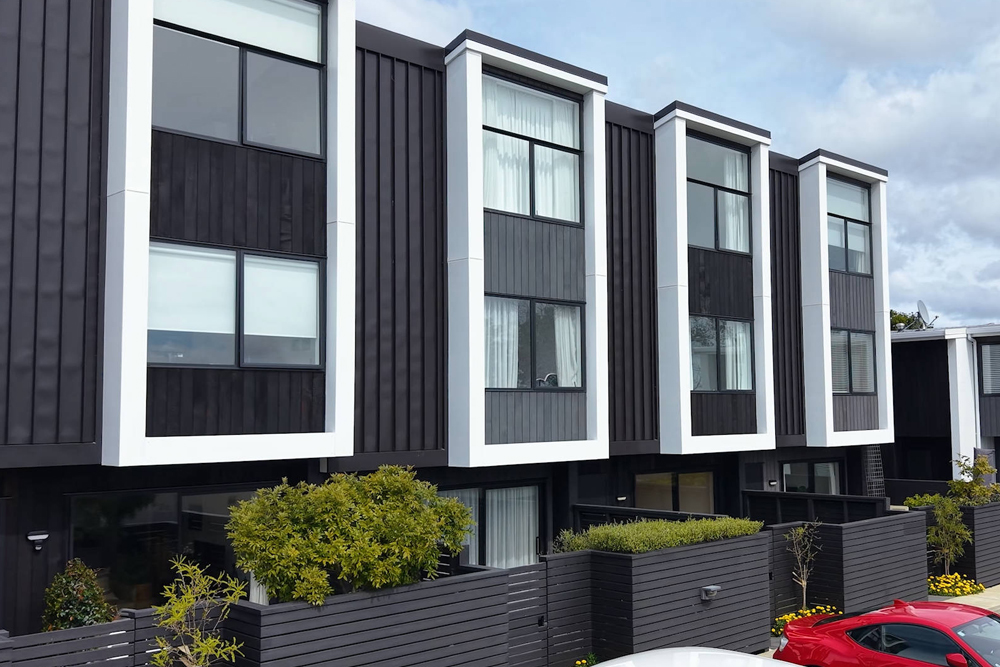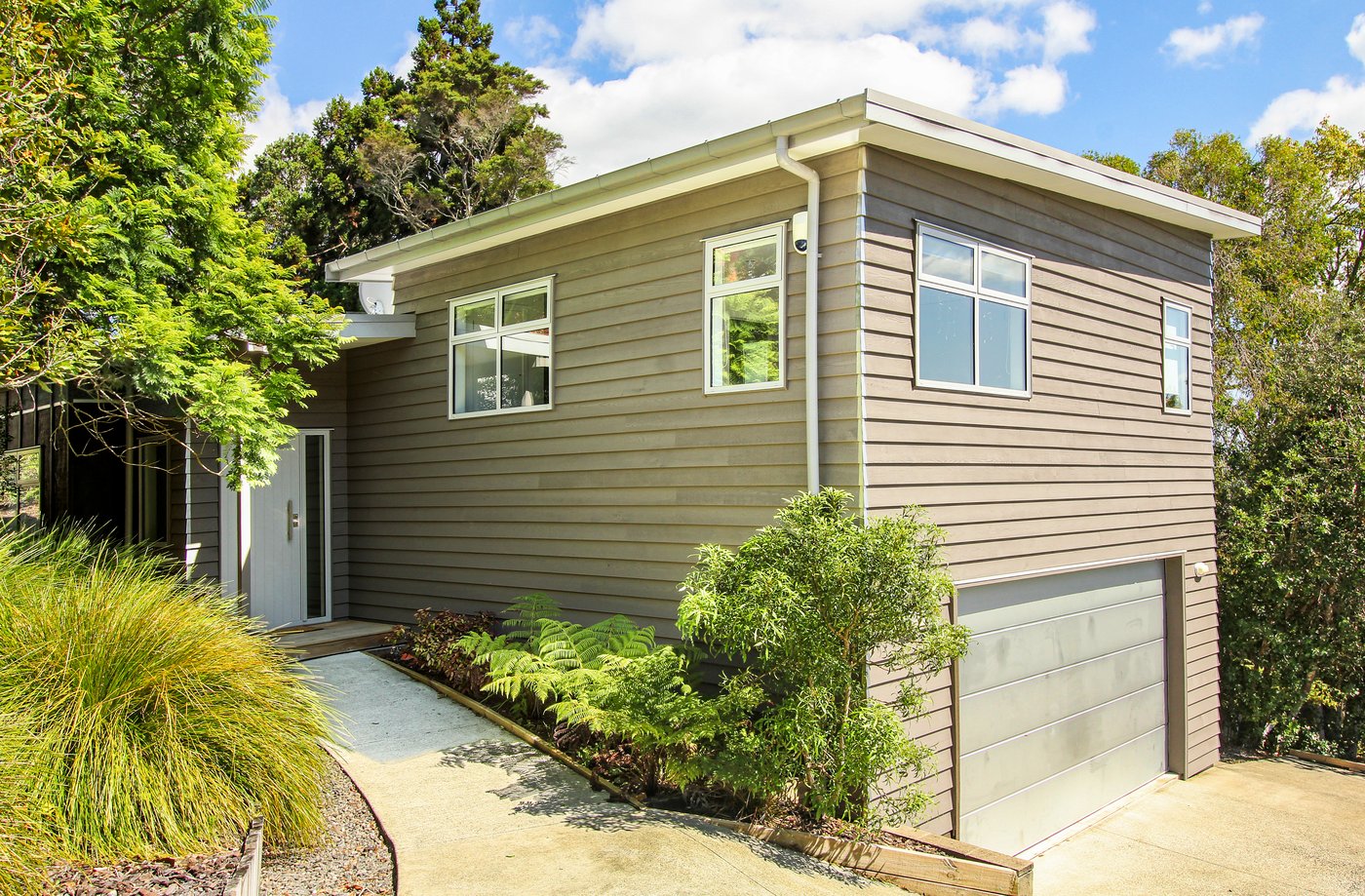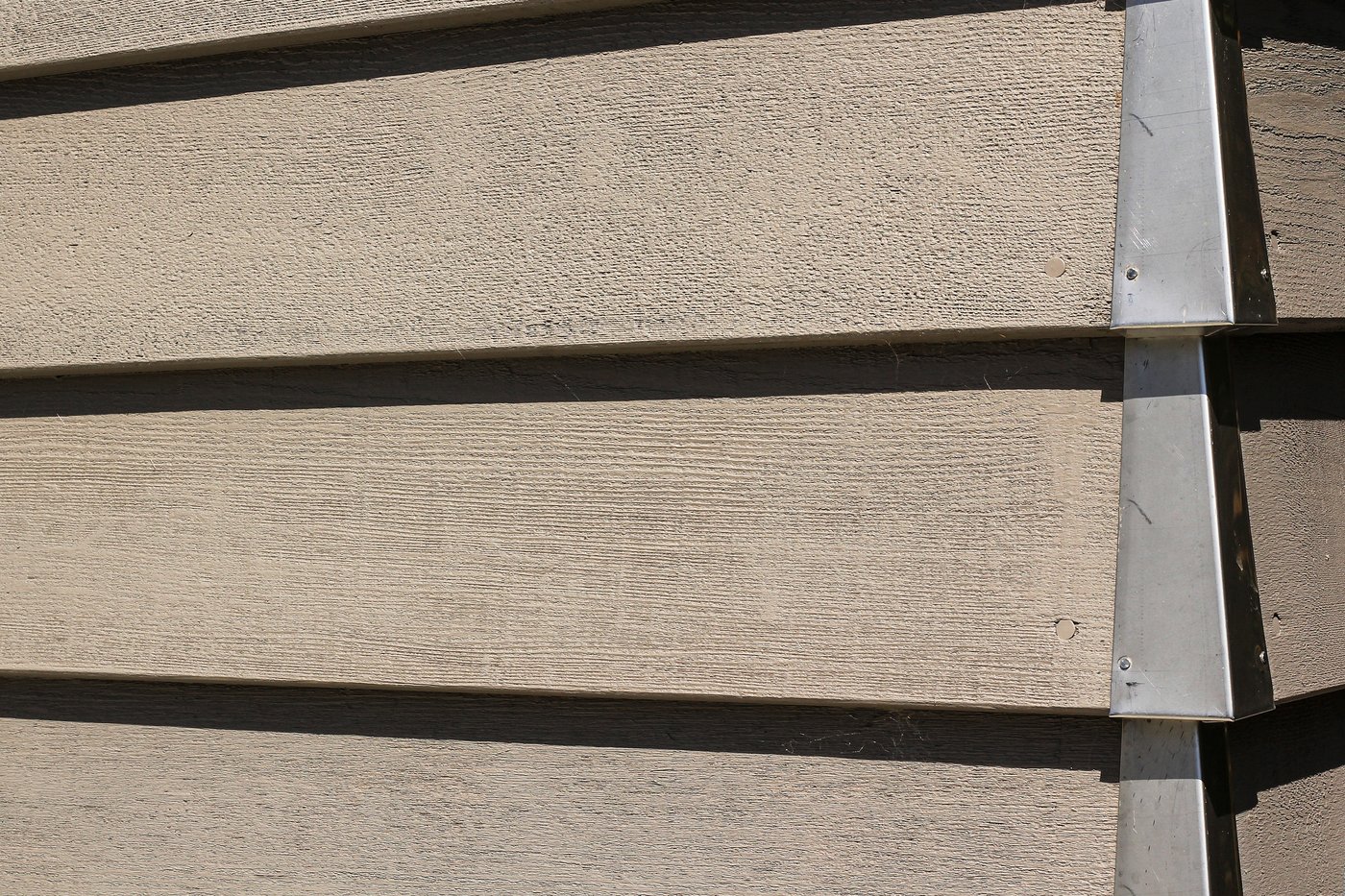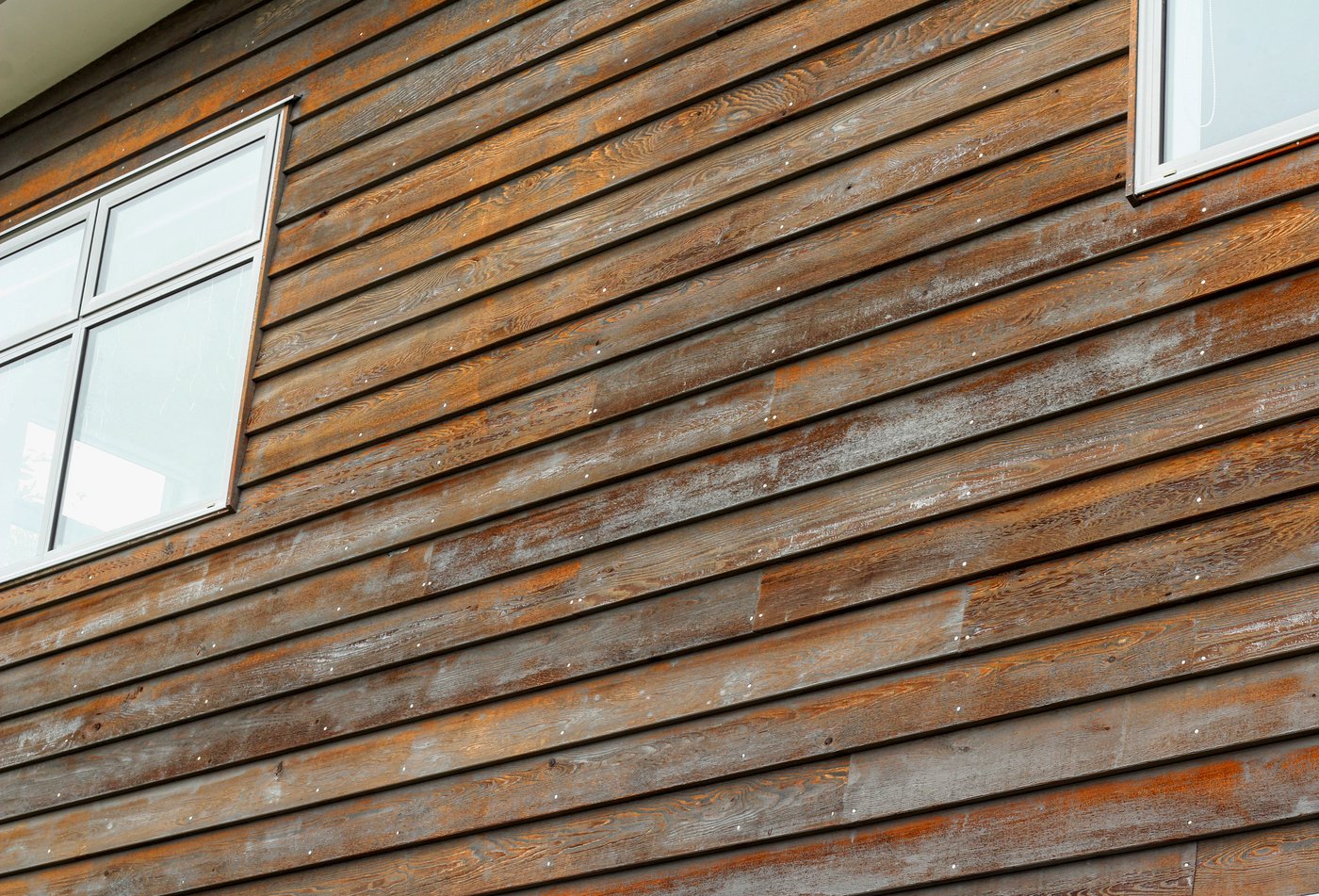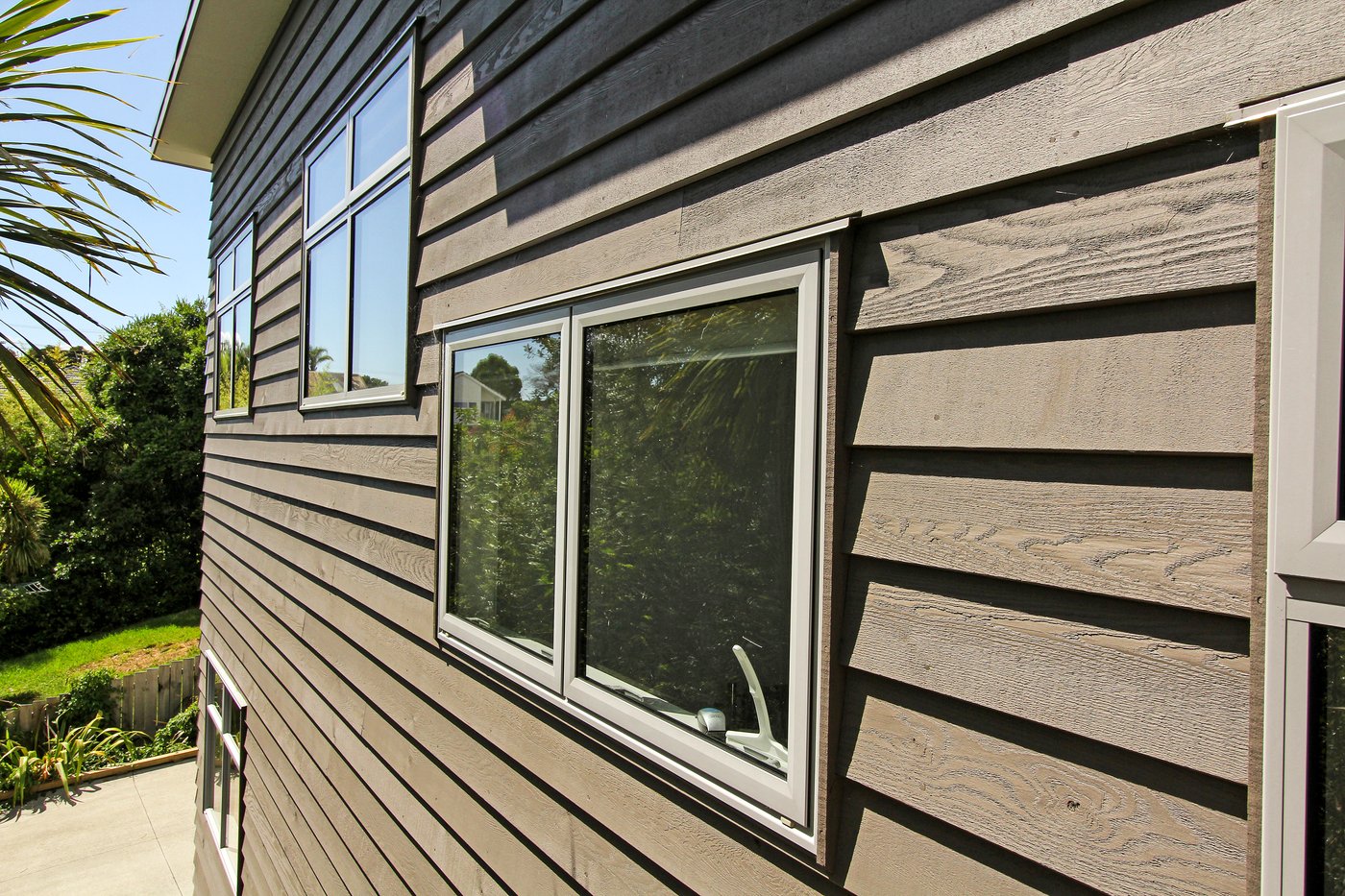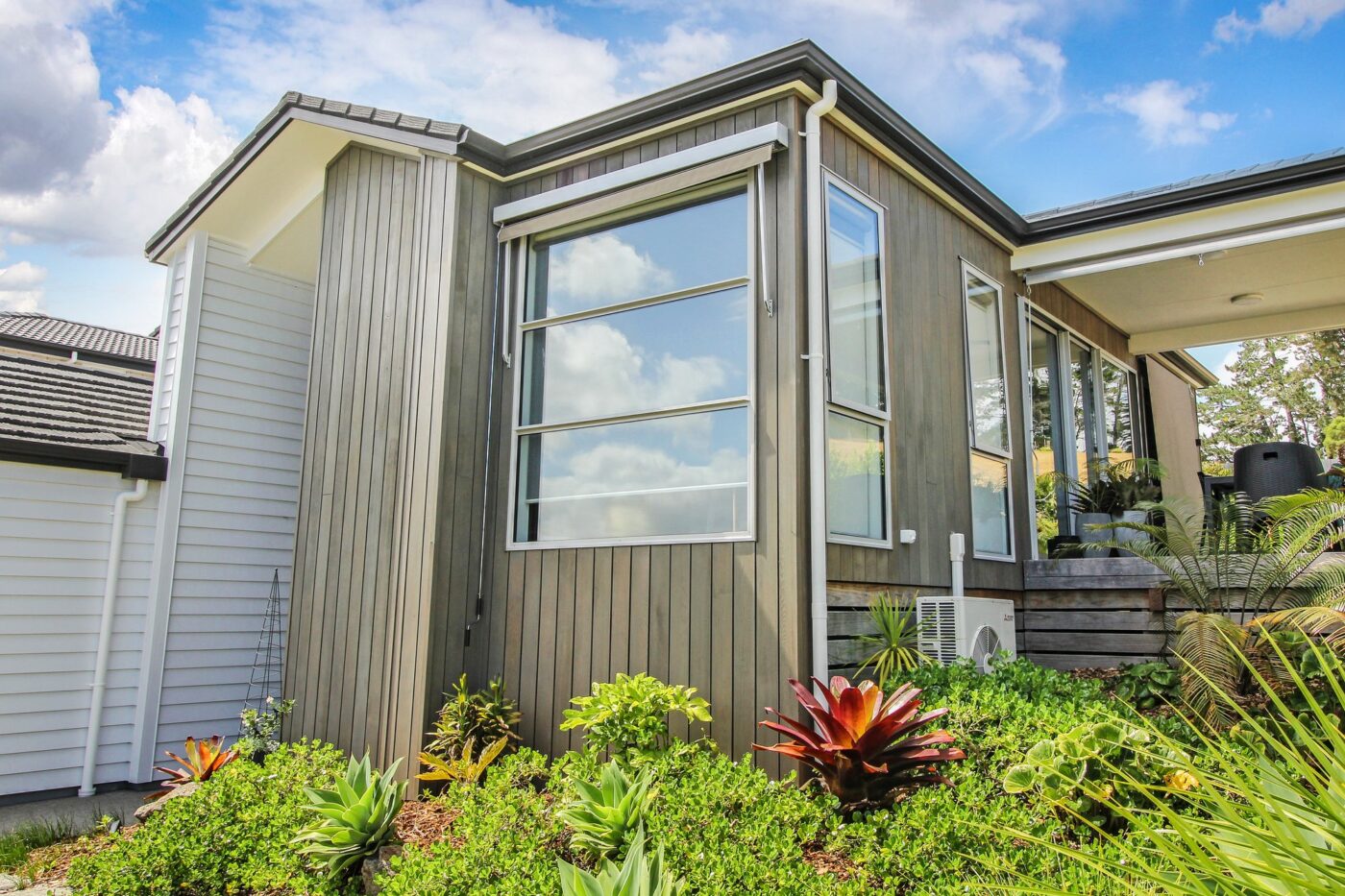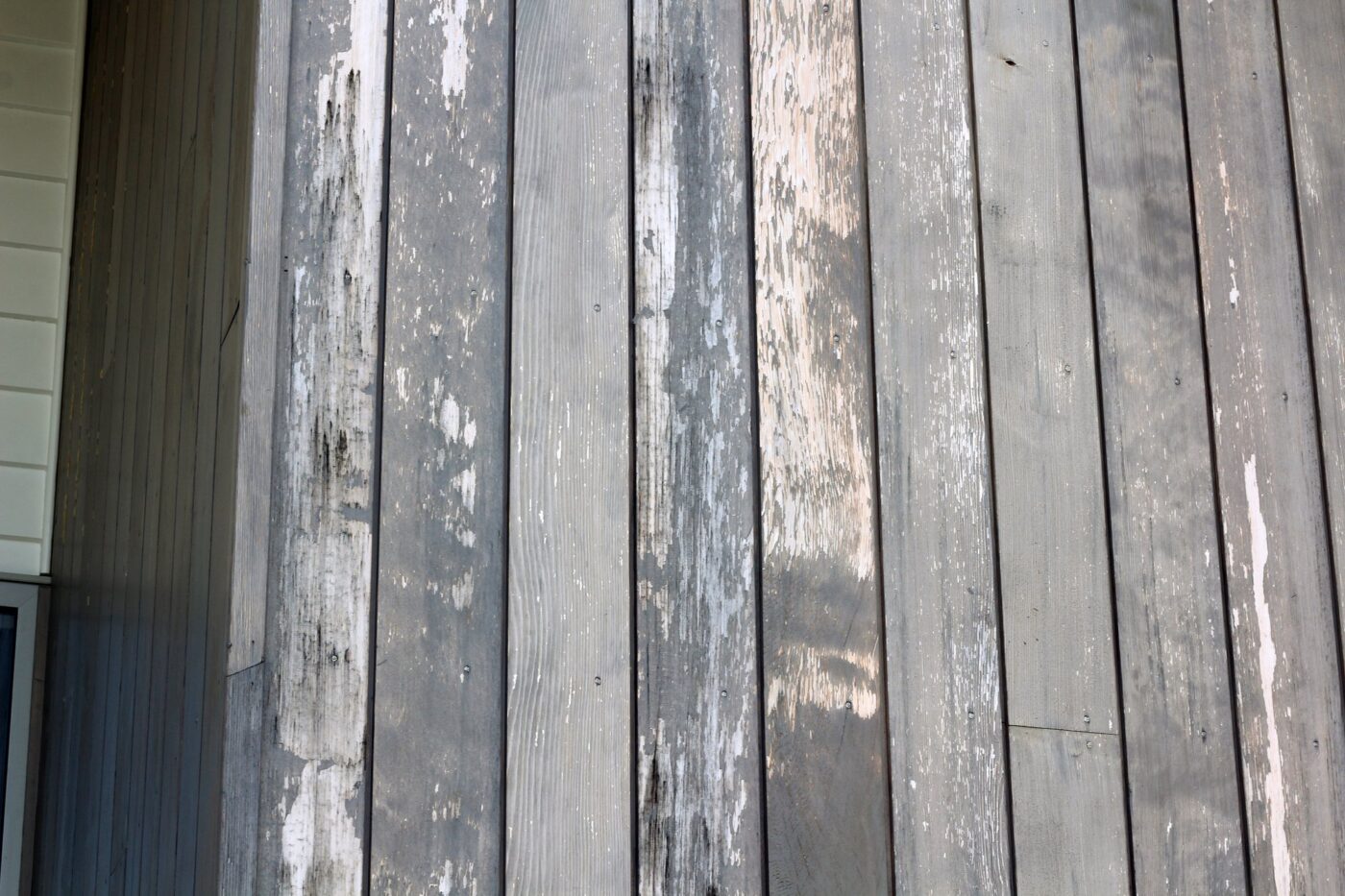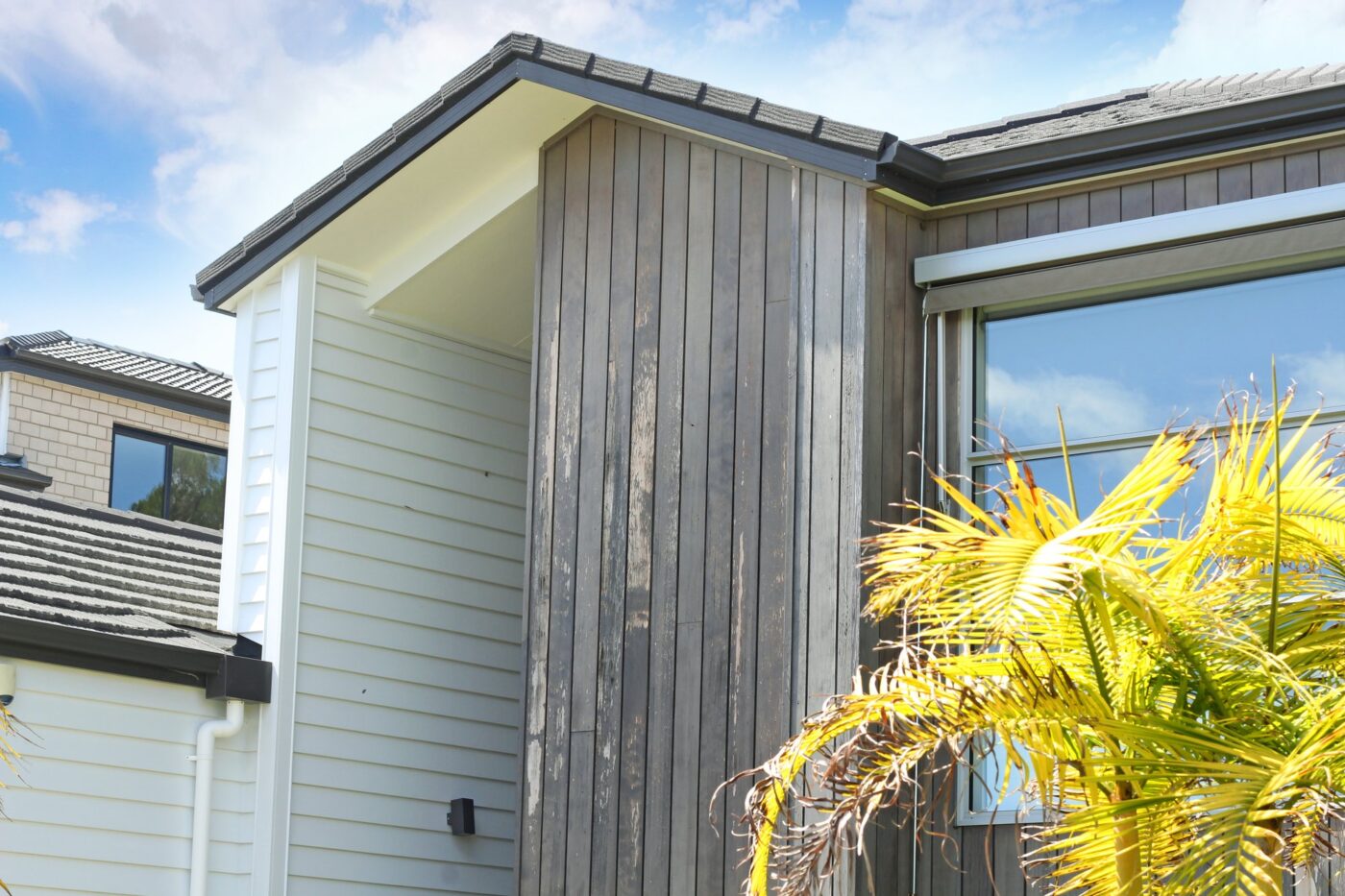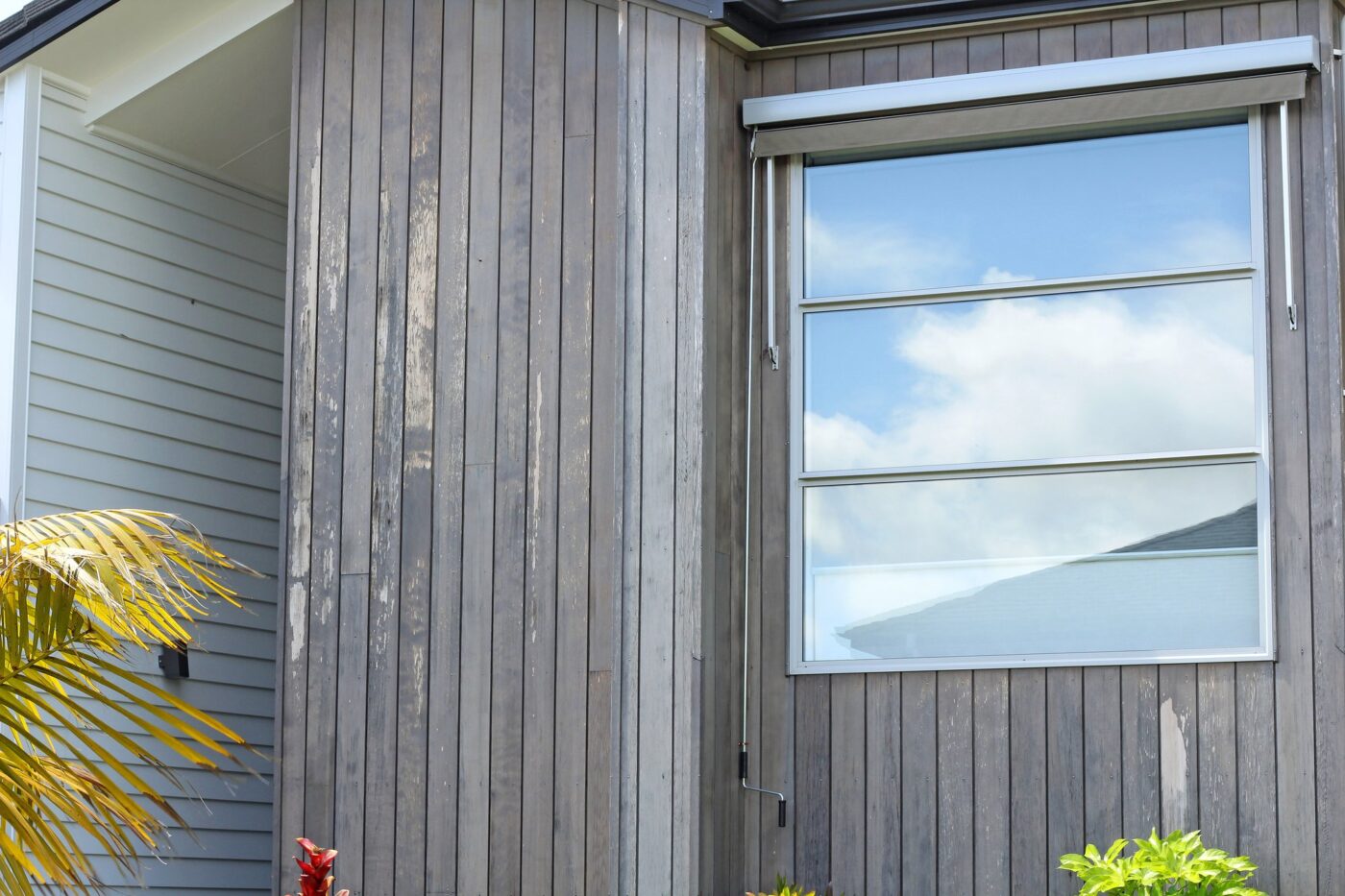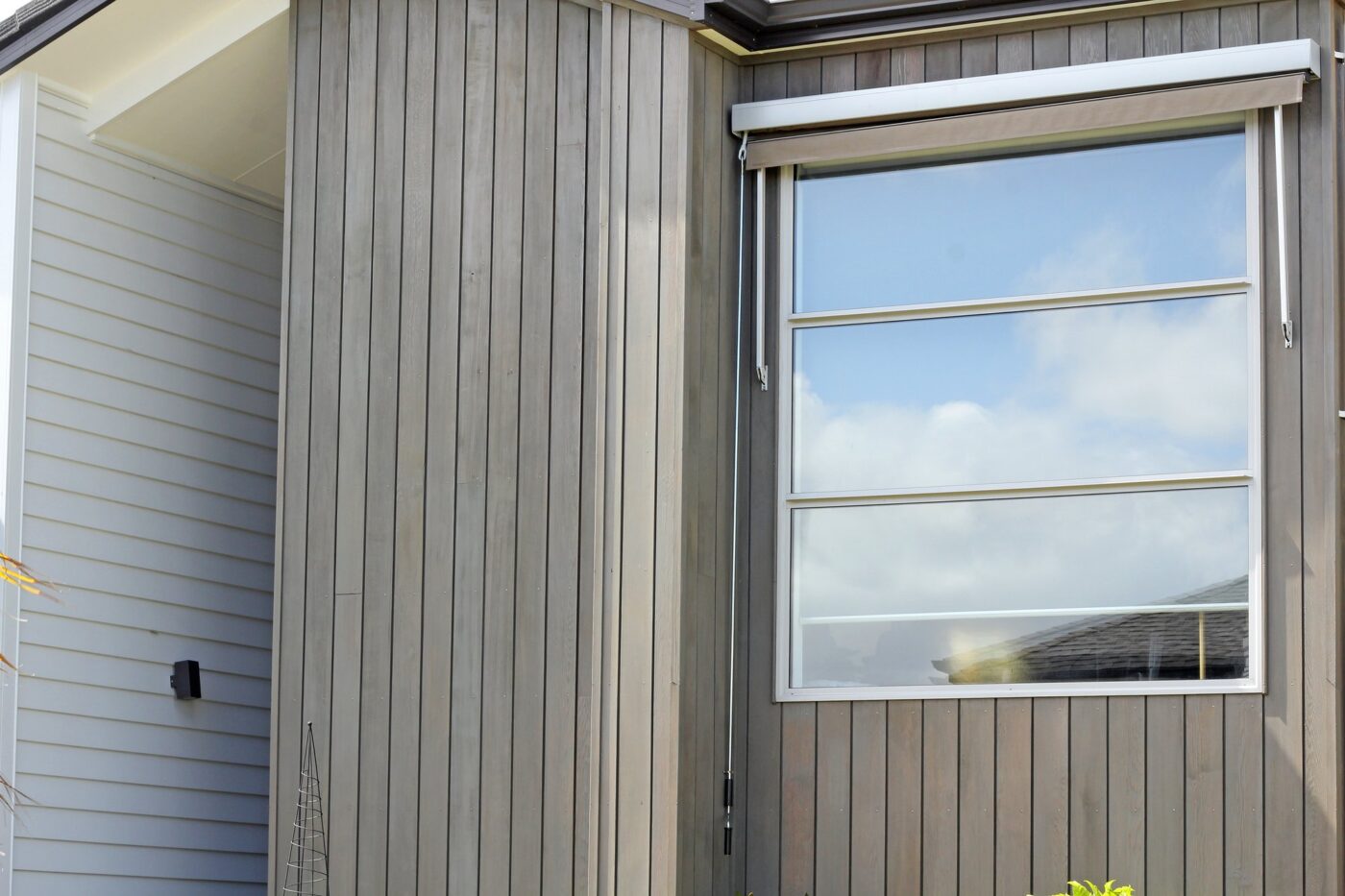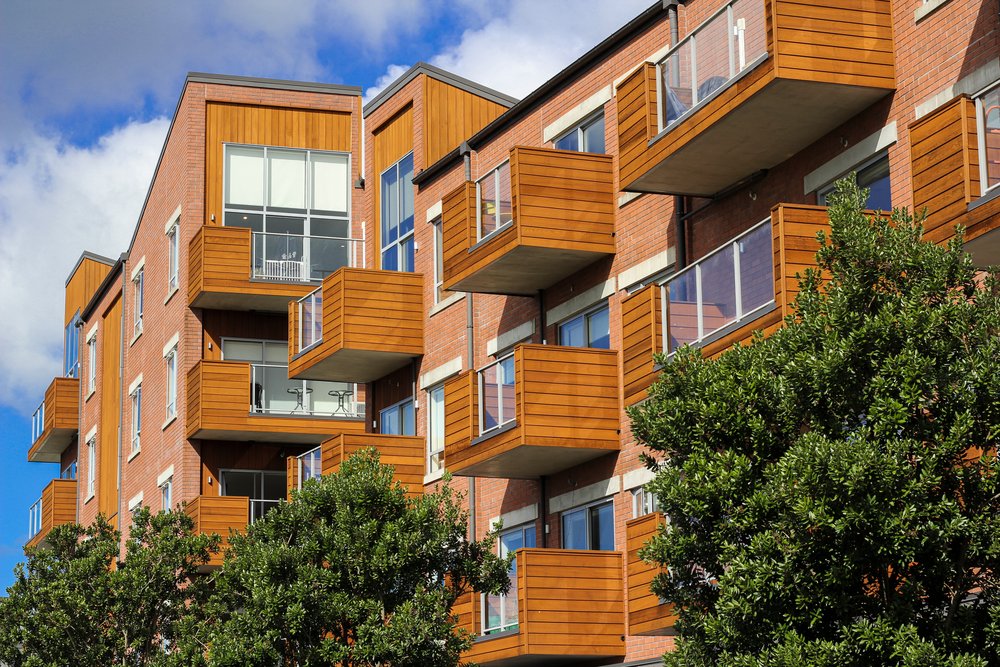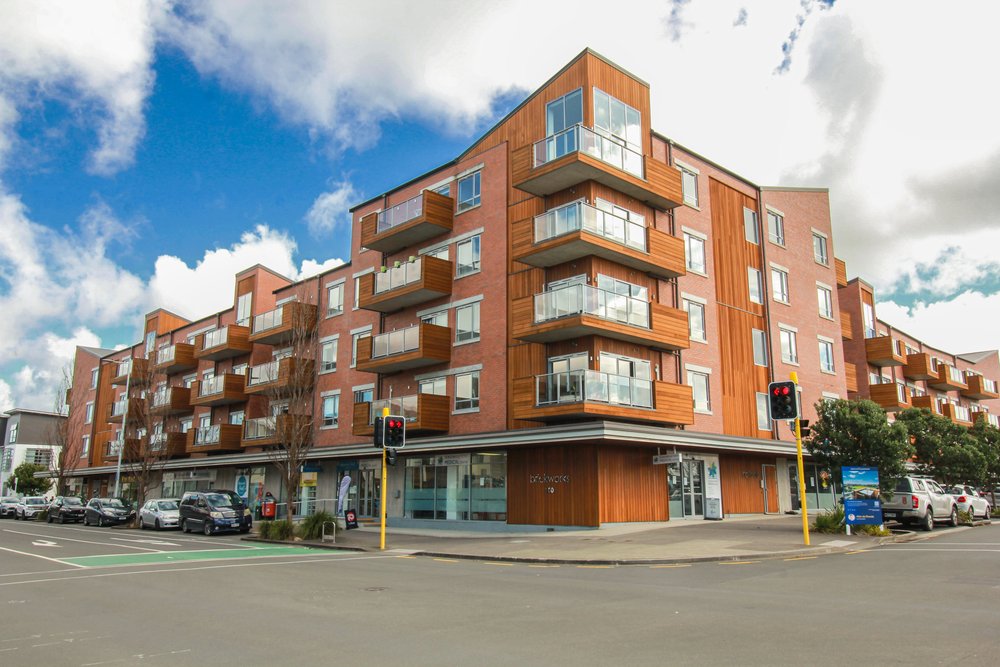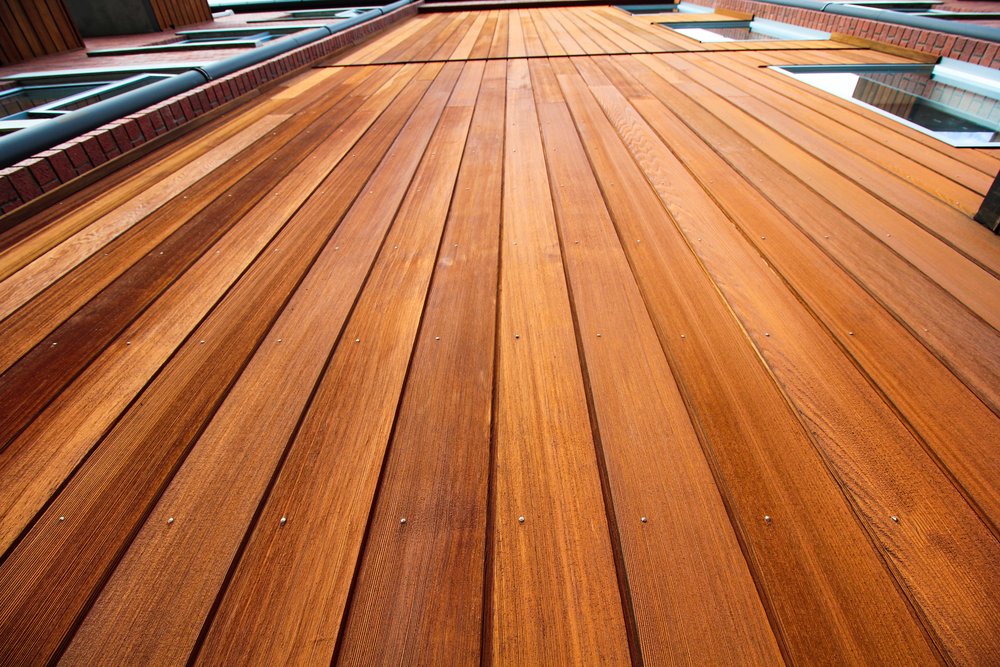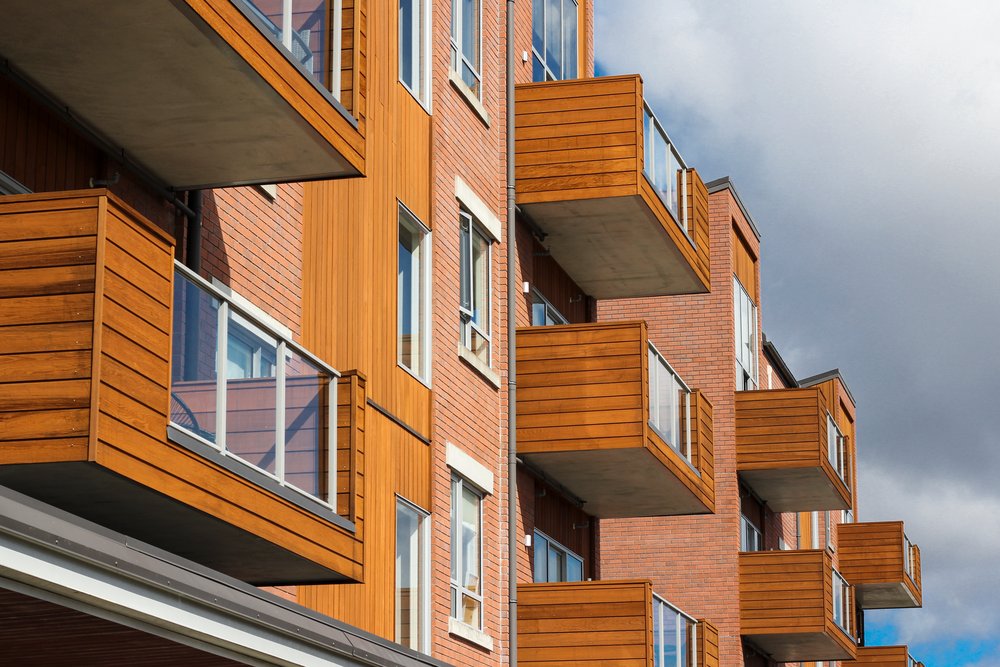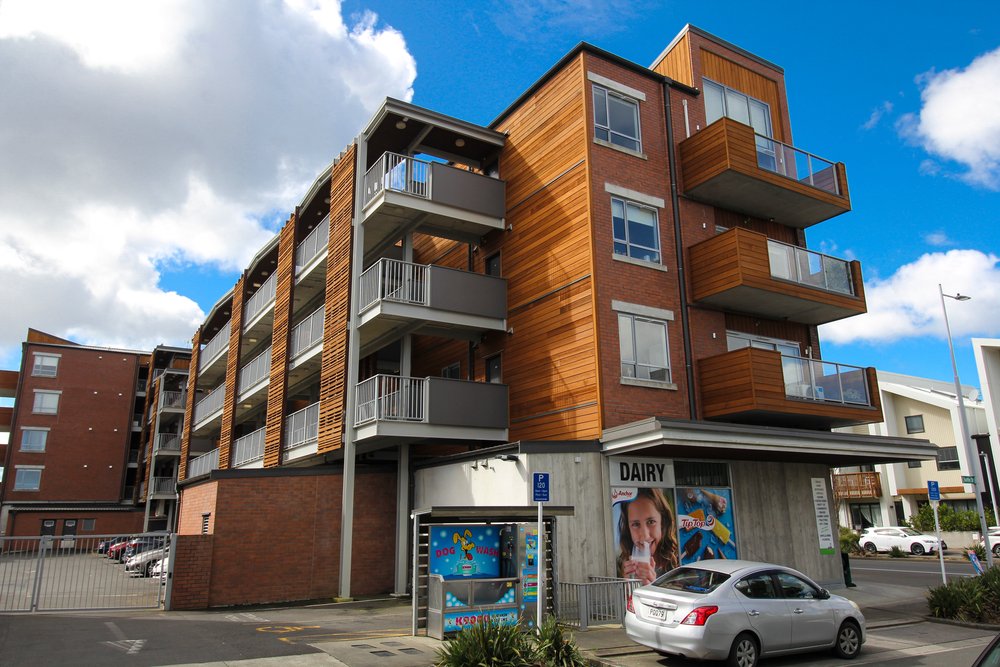This block of 14 townhouses is located on an elevated section overlooking the beautiful seaside suburb of Mission Bay.
The townhouses were architecturally designed by Novak + Middleton and built by Gibbons Co. The townhouse exteriors use an eye-catching mix of standing seam metal cladding and Cedar.
The townhouse complex was finished in 2020. After a few years in the sun, the owners started to notice the Cedar looking patchy and uneven.
TimberTech was bought in to assess the Cedar and put a management plan in place to keep it protected – and looking great – for years to come.
Maintenance Timeline
TimberTech was first contacted on the 25th of October, 2024.
- 1st November, 2024 – Cedar Assessment completed.
- 25th November, 2024 – Quote sent.
- 31st July, 2025 – Job started.
- 29th August, 2025 – Job completed.
As there are 14 houses in the complex, each needing consultation, the time between the different stages of engagement was longer than usual.
After an 8-month consultation period, 12 out of the 14 houses in the complex decided to go ahead with the proposed work.
The job took around 4 weeks in total, with some delays due to inclement weather.
Cedar Assessment
Sometime during the building process, the Cedar was coated with stain. Stains are excellent in areas without direct sunlight, but when exposed to harsh UV they break down, giving a patchy or uneven look.
Unfortunately, the stain used here had broken down, particularly on the exposed northern face.
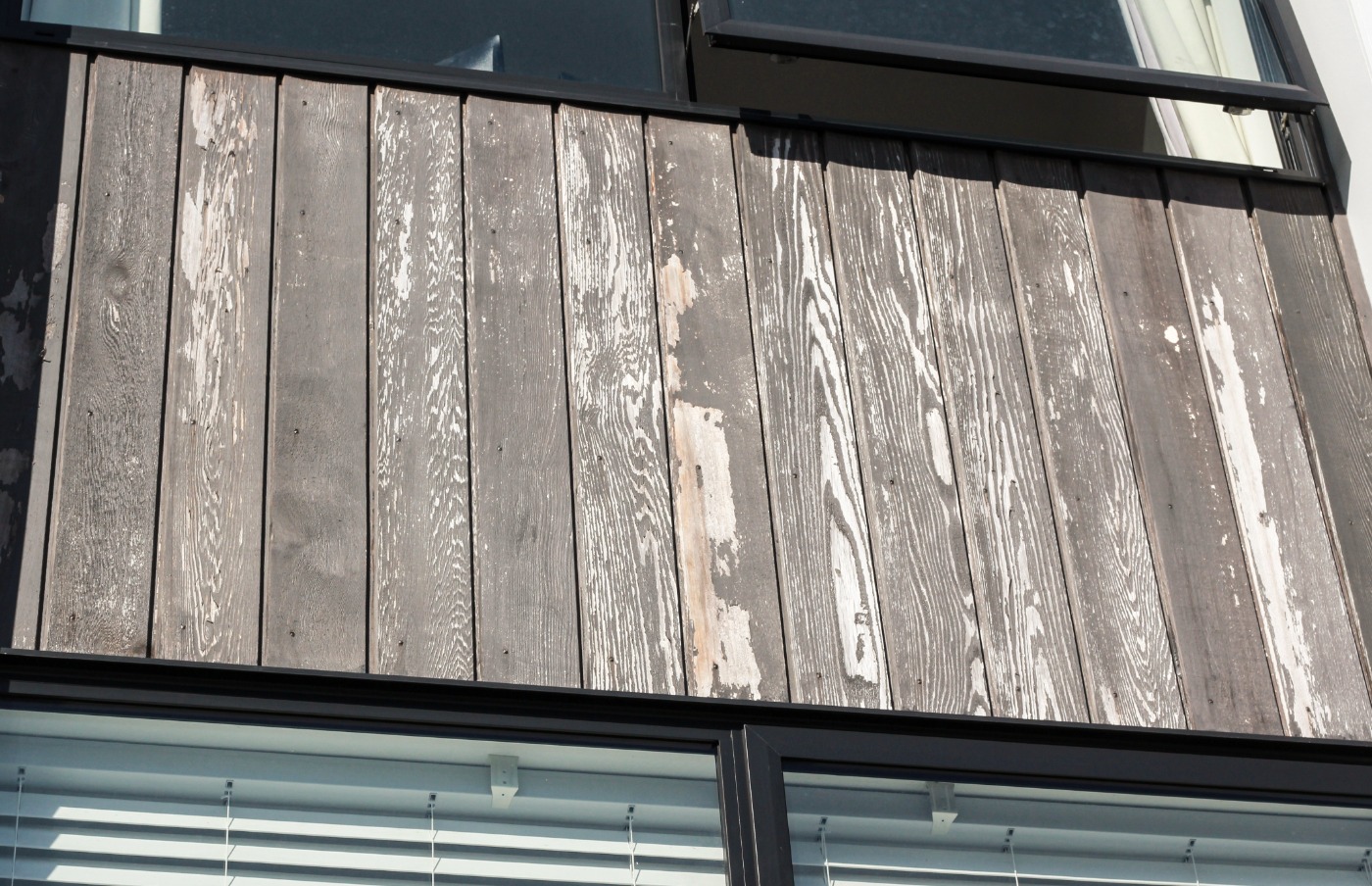

Our recommendation was to fully strip, sand and recoat the Cedar cladding, converting it from stain to a penetrating oil (in this case, Wood-X).
The stain used on the south face still held up well, and we recommended that another coat of the same stain be used to extend its lifespan.
Cedar Maintenance Process
Stripping stain from Cedar is a laborious task and not something undertaken lightly.
For stripping this particular stain, Resene Sea to Sky Coating Remover has proven very effective. We apply this with a spray machine, making sure all the joinery, doors, flashings and surrounds are masked to keep them protected.


The stripper is left on for a couple of hours to activate and dissolve the stain, then it can be scraped off, followed by a wash to remove any last residues.
For particularly stubborn areas of stain, some sanding may be required. This should be done lightly and kept to a minimum to retain the texture of the board.
Once the stain has been successfully removed, the board is ready for oil to be applied.
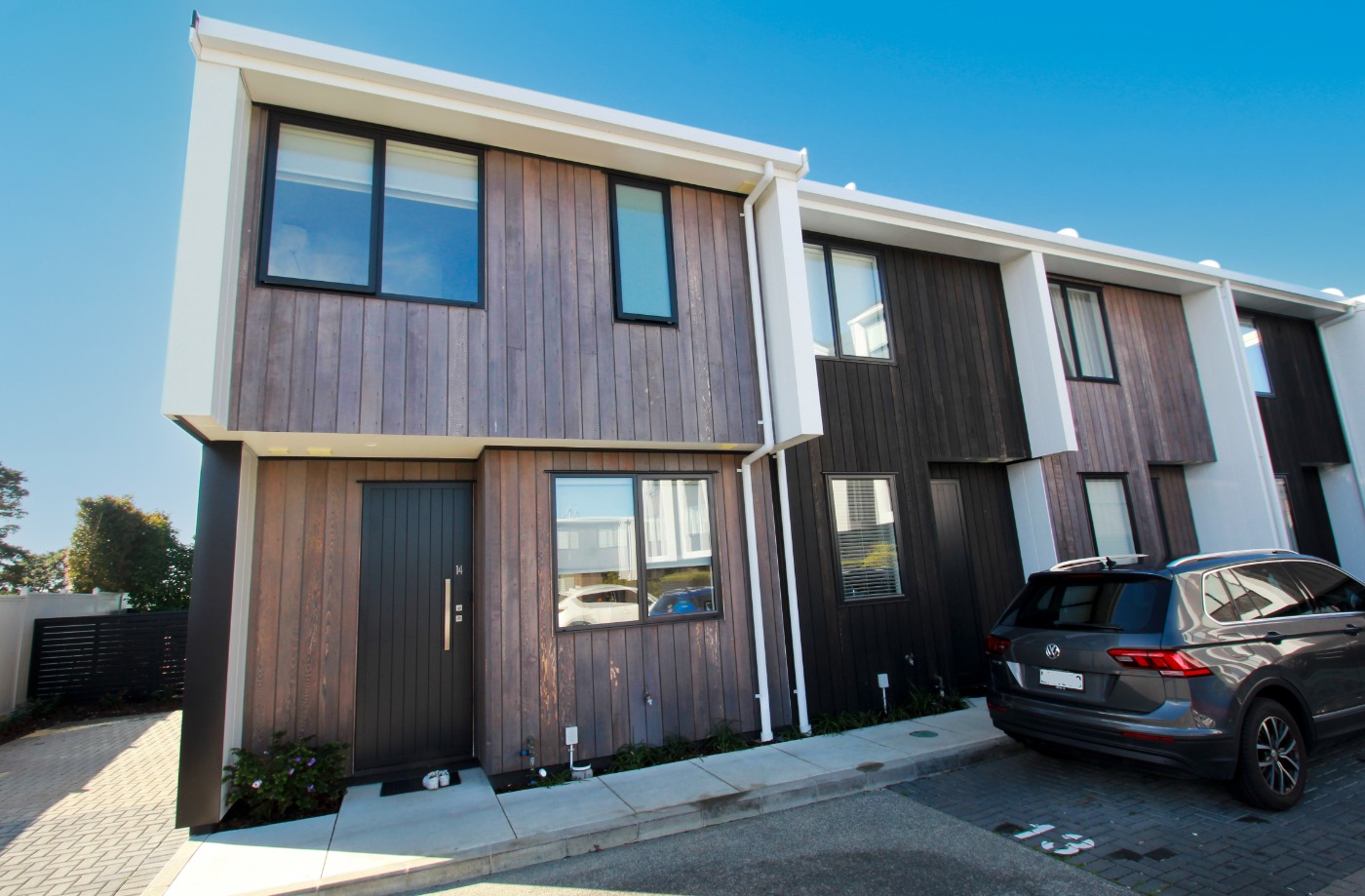
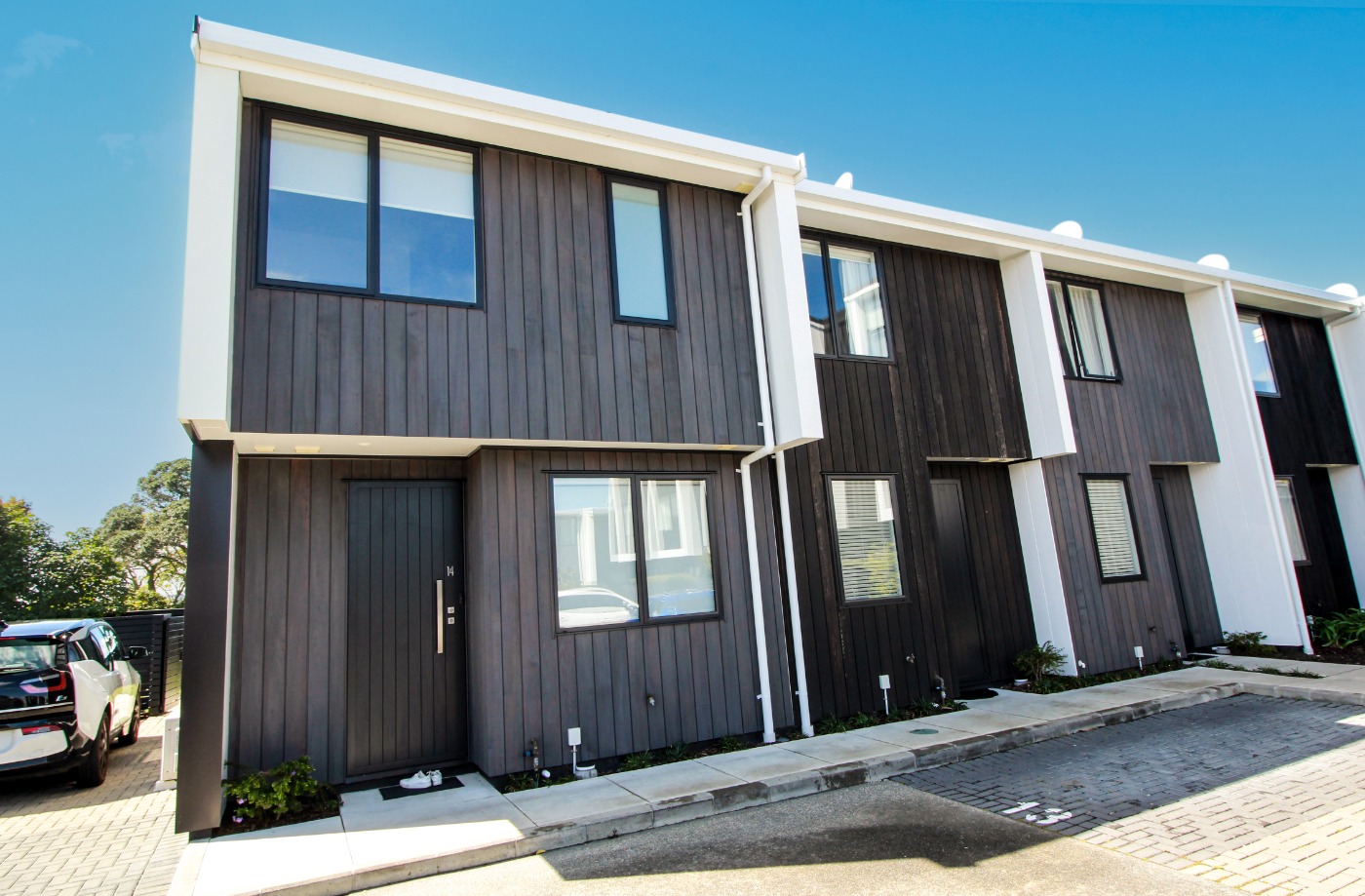
When first assessing the job, we knew we needed to match the colour of the oil as closely as possible to the original product. We presented the owners with some colour options and settled on using two colour tints, Flint and Foundry.
The boards were very dry, especially on the northern face, and required two coats in most places. We basically put as much oil into the boards as possible.
Cedar Maintenance Challenges
Some of the more sheltered townhouses had stain that hadn’t fully broken down yet and proved difficult to remove. We had to remask and restrip these areas before we could apply the oil, ensuring an even finish.
The other main challenge was keeping the whole area tidy and minimising the impact on the residents, particularly the owners who were not having any work done. We did our best to minimise any noise, only have essential vehicles in the car park and provide constant communication with all residents.
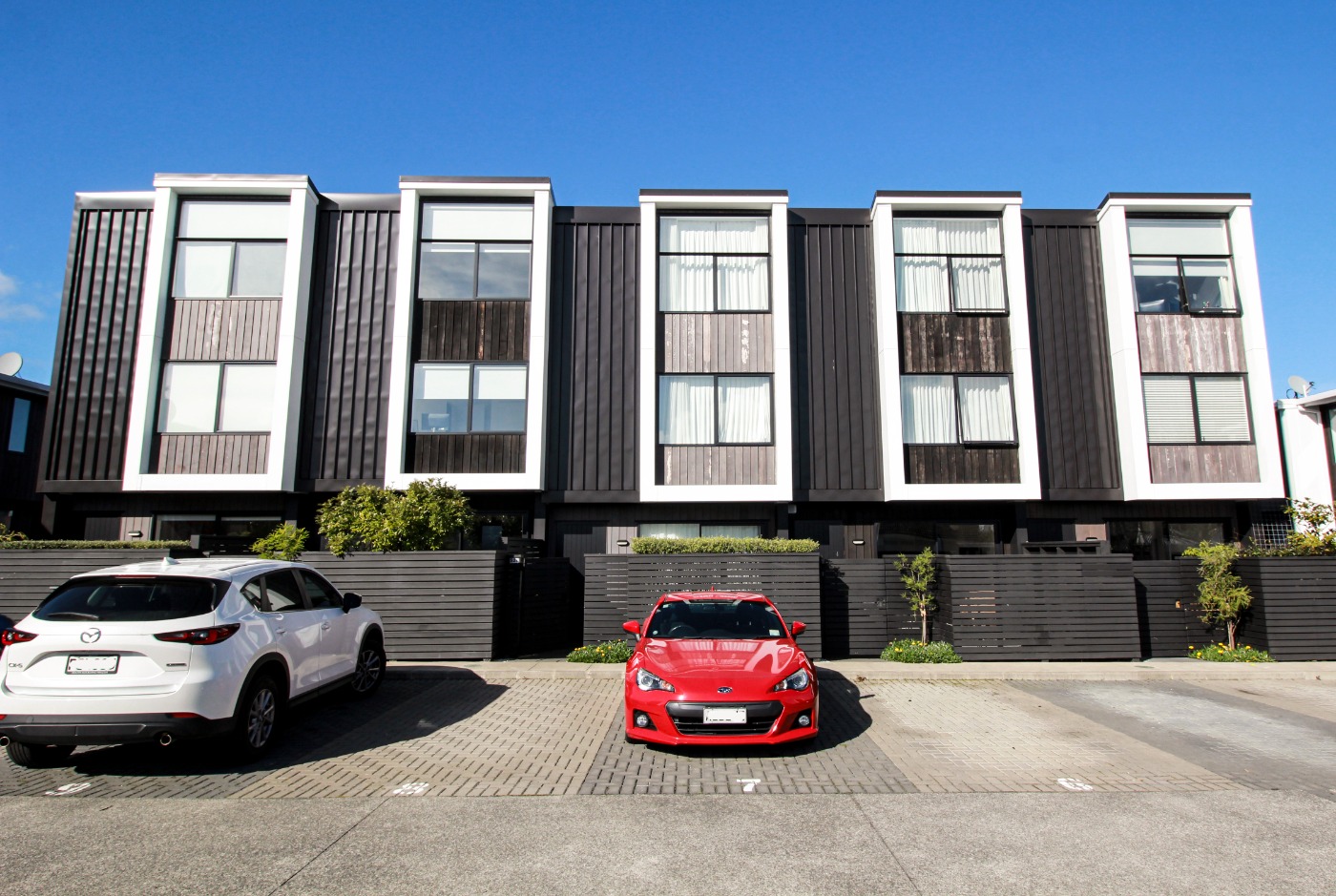

One of the biggest downsides of moving from stain to oil is a 3-9 month transition period where your Cedar will have a shiny-flat-shiny-flat look.
This happens when oil is applied to any surface that still has stain remnants. The oil cannot soak through the stain as it is non-porous, so it sits on top, around the surface area where the oil has soaked in, giving the shiny-flat-shiny-flat look.
This is all part of the process and not exactly a challenge, but we always take care to prepare the homeowners for the transition period.
Ongoing Maintenance Requirements
When transitioning from stain to oil, we recommend assessing the Cedar again after 3 months to see if any of the boards require additional oil, especially on the sun-exposed faces.
We will then recheck the boards 12-18 months later (depending on the conditions), after which the Cedar will fall into a regular maintenance plan, with exposed faces needing to be recoated every 2-3 summers.
The Final Outcome
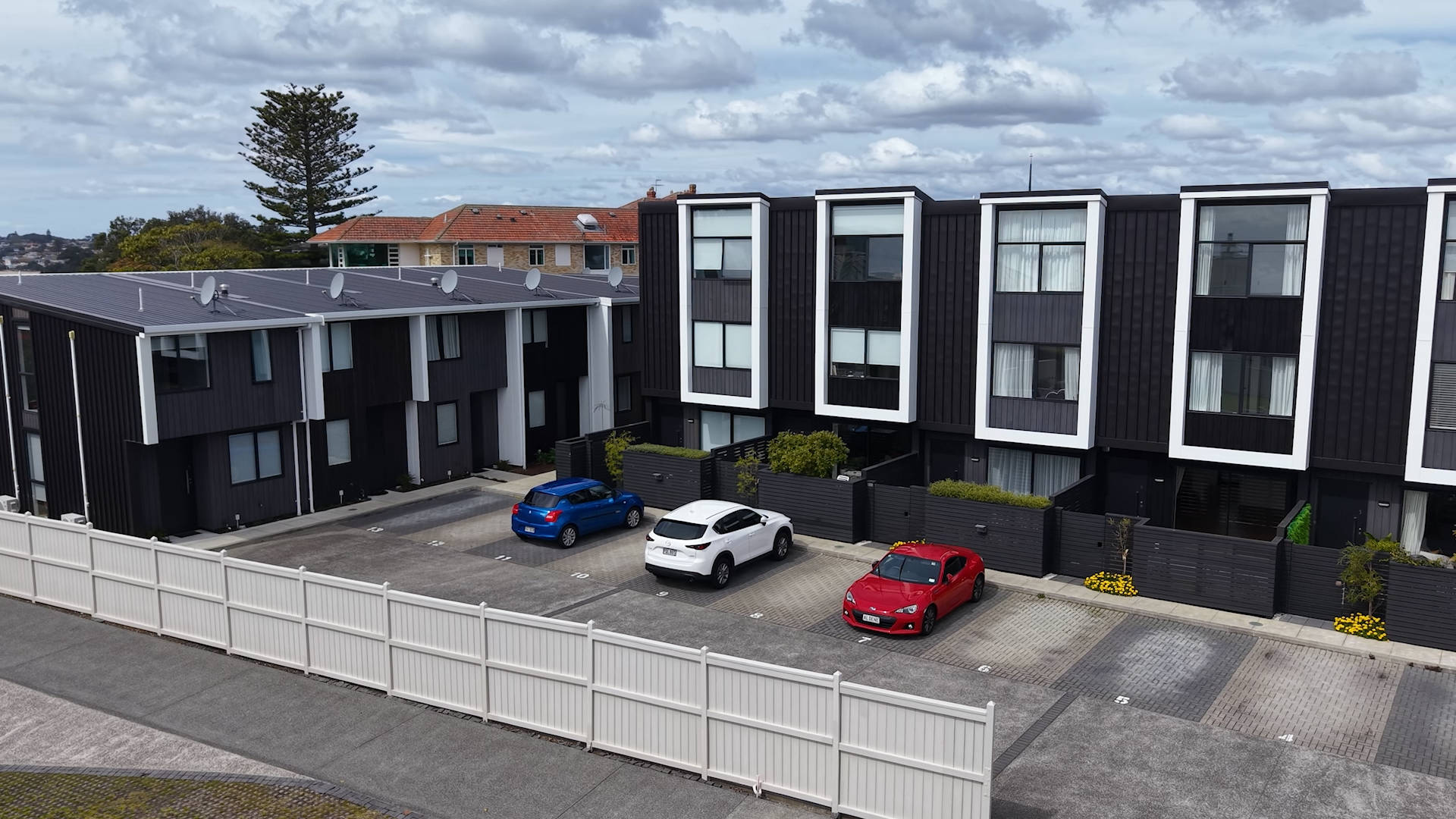
The rejuvenated Cedar was transformed from washed-out brown to a lustrous dark chocolate tint. The owners were impressed with the final look and relieved that their Cedar had been returned to the state when they moved in.
By transitioning from stain to oil, they could also look forward to more straightforward and cost-efficient maintenance in the future.
If you would like to know more about the transition process, please read our article Can Cedar Be Transitioned From Stain to Oil?



